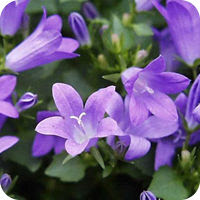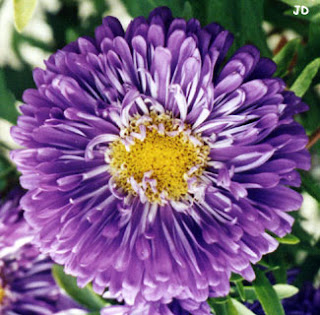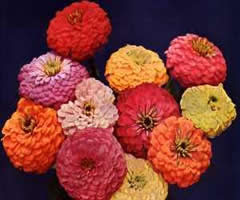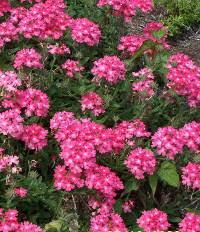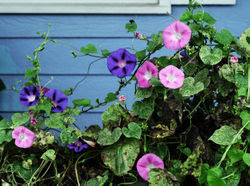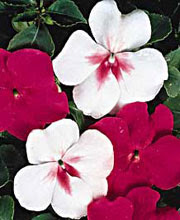
Chrysanthemum is among the most vibrant colored fall
perennial plants.
It can be of varied color type or size like white, pink, yellow,
lavender,
bronze, salmon, orange, or red. These petals of the flower can
be either
single or in daisy form.
Tips on growing Chrysanthemum flowers
1.While buying chrysanthemums select plants having plenty flower buds.
2.It is better not to choose a fully bloomed plant, as their span of
blooming is shorter than the partially
blooming chrysanthemums.
3.Separate the branches from one another and sow the stems of
perennial flowers, which are having healthy roots.
4. The adequate soil of this fall flower is well-drained soil. You need
to add compost to the soil once a year.
Apply one-pound fertilizer per 100 square feet of chrysanthemum
bed during the growing time to have a full blooming garden
of chrysanthemums.
The fertilizer should be mixed within 6 inches
of the soil to have a healthy growth.
apart form each other.
30 inches of spacing from one another.
inches long strip off one or two inches of the stem.
The practice of
stripping off an inch of the stem should be continued
till the beginning
days of August.
This is done to have bushy low plants. Don't do the
stripping very late because then the stem will not
be long enough for the blooming of
fall chrysanthemums.
Do thorough watering so that the roots evenly
absorb the fertilizer.



